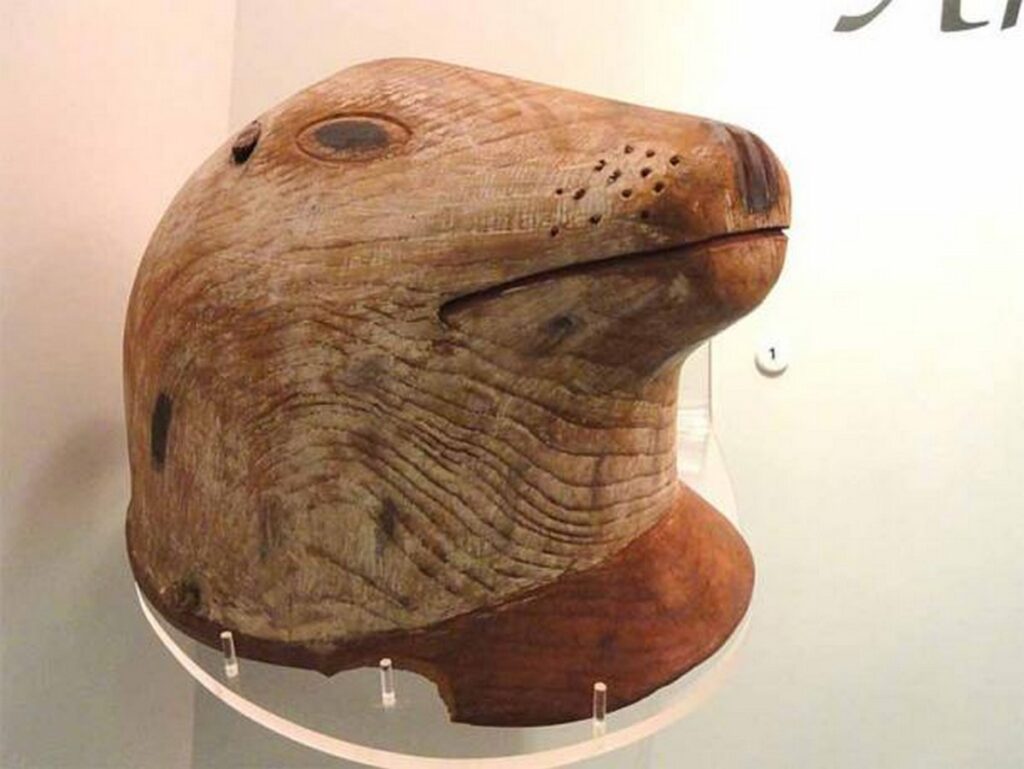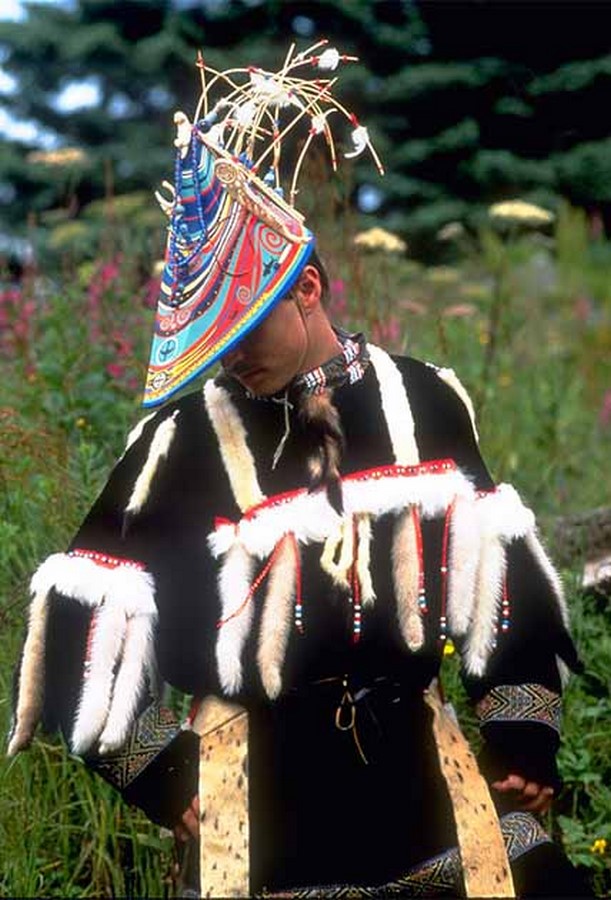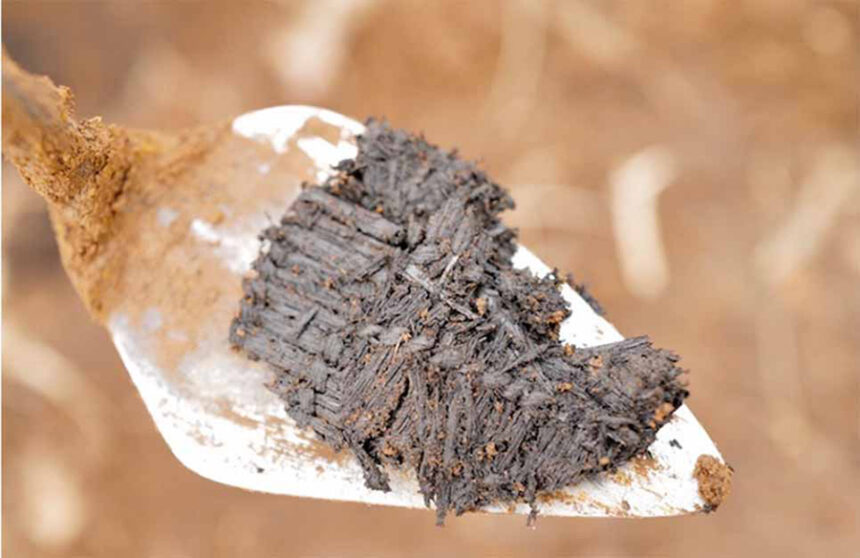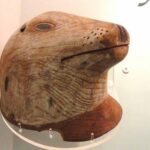A Remarkable Archaeological Find
In August 2023, archaeologists from the Alutiiq Museum and Archaeological Repository made a significant discovery near Karluk Lake on Kodiak Island, Alaska. Fragments of woven grass artifacts, believed to be 3,000 years old, were unearthed at an ancestral sod dwelling site. This discovery sheds light on the ancient weaving practices of the Kodiak Alutiiq/Sugpiaq people.
Insights from the Excavation
Patrick Saltonstall, Curator of Archaeology at the Alutiiq Museum, described the excavation process and the unique preservation conditions that led to the discovery of the woven artifacts. The remnants, mainly concentrated in the rear of the collapsed sod house, suggest that grass mats once adorned the dwelling’s floor, providing valuable insights into the living habits of the ancient Alutiiq people.

The Kodiak Alutiiq Culture
The Kodiak Alutiiq, also known as Sugpiaq, have inhabited the Kodiak Archipelago for thousands of years, developing a rich maritime culture centered around hunting, fishing, and gathering. Crafts and traditions, including intricate weaving practices, have played a significant role in their cultural identity.
Ancient Artisan Practices
Using materials like grass and spruce roots, the Alutiiq people crafted baskets, mats, and hats, each with specific patterns and designs. While archaeological evidence of weaving has been limited due to organic material degradation, the discovery of 3,000-year-old woven remnants represents a groundbreaking find, pushing back our understanding of Alutiiq weaving history by millennia.
Preservation and Documentation
The delicate woven pieces discovered at Karluk Lake are now undergoing preservation and documentation processes at the Alutiiq Museum’s laboratory in Kodiak. Sponsored by Koniag, the native corporation representing Kodiak Alutiiq people, the excavation site is owned by Koniag, highlighting the collaborative efforts to preserve and celebrate indigenous heritage.

Cultural Significance
The discovery underscores the creativity and enduring spirit of the Alutiiq ancestors. Masks, dance, and ceremonial practices have been vital components of their cultural and spiritual expressions, connecting the living with the spiritual realm and narrating ancestral tales.
A Beacon of Heritage Conservation
The Alutiiq Museum stands as a beacon for conserving and promoting the rich heritage of the Alutiiq people. Guided by Kodiak Alutiiq organizations and sustained through donations and grants, the museum plays a crucial role in preserving and celebrating indigenous Alaskan culture for future generations.





Leave a Reply